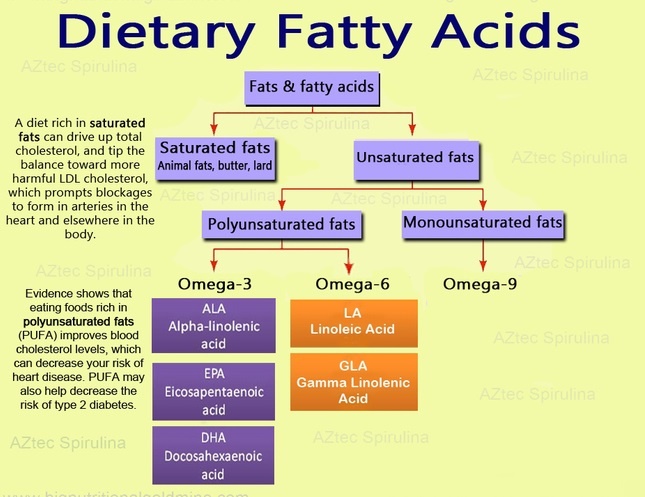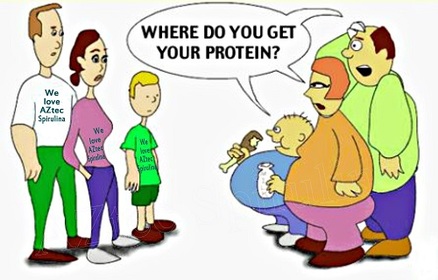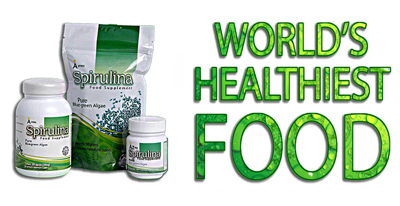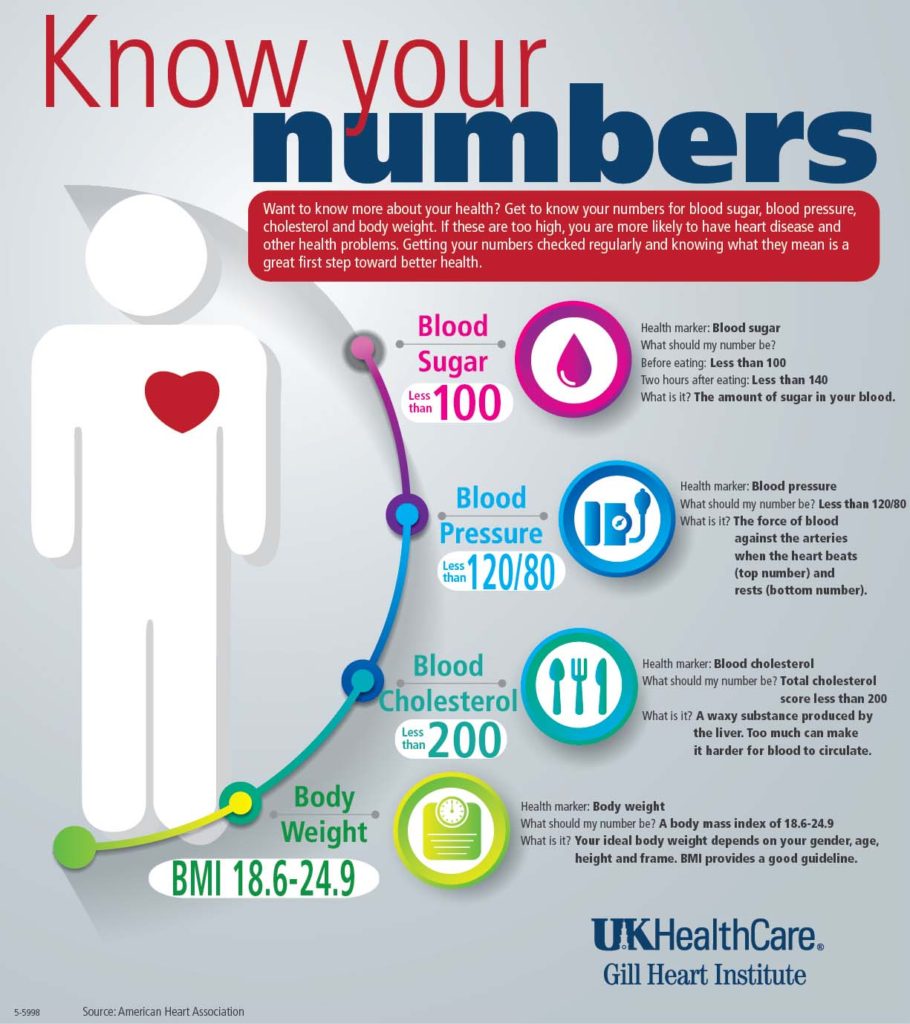Spirulina “arthrospira platensis” is a simple single cell microscopic blue green algae. It has the shape of a coiled spring: thus the name Spirulina was derived, which means little spiral.
Based on history, spirulina was part of the staple diet of the Mayas and Aztec civilizations in precolonial Mesoamerica. It has also been eaten as dried flakes called Dihe by people of the Kanembu tribe of Africa. In 1974, the United Nations declared Spirulina as the most nutrient rich algae that could help fight malnutrition. UNICEF also claims that Spirulina is the “Best Food of the Future” available today. It is considered as the World’s Healthiest Food because 1 gram of Spirulina has the equivalent nutritional content of 1 kilogram of assorted fruits and vegetables.
So what are the health benefits of Spirulina? Here are the list of Wonders of Spirulina according from the book “Manna from Heaven” by Dr. Domingo Tapiador.
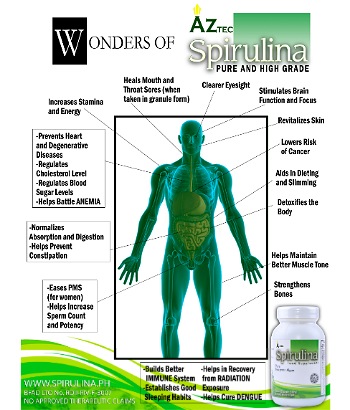
- Increases stamina and energy
- Clearer eyesight
- Stimulates brain function and focus
- Heals mouth and throat sores (when taken in granule form)
- Revitalizes Skin
- Lowers risk of Cancer
- Prevents heart and degenerative diseases
- Regulates Cholesterol level
- Regulates blood sugar level
- Help battle anemia
- Aids in Dieting and slimming
- Counters Heartburn, Hyperacidity and Ulcer
- Normalizes absorption and digestion
- Helps prevent constipation
- Eases PMS, PCOS and other hormonal imbalances in women
- Helps boosts milk production for breastfeeding mothers
- Helps increase sperm count and potency
- Helps maintain better muscle tone
- Strengthen bones
- Helps establish good night sleep to counter insomnia
- Build better immune system
- Helps in recovery from Radiation exposure
- Helps cure Dengue
Spirulina in general is a good source of vitamins, nutrients, vegetable protein, amino acids and anti oxidants. However when buying your Spirulina make sure to buy it from trusted spirulina producers. Aztec Spirulina is guaranteed quality 100% pure and high grade spirulina. The spirulina producer, Aztec Foodgrowers Corporation has been growing spirulina in the Philippines since 2008 with complete FDA papers. The brand is known to have the best tasting spirulina compared to other Spirulina in the market because Aztec Spirulina has a similar taste to squash seeds and nori seaweeds.
Contact Us for more details


